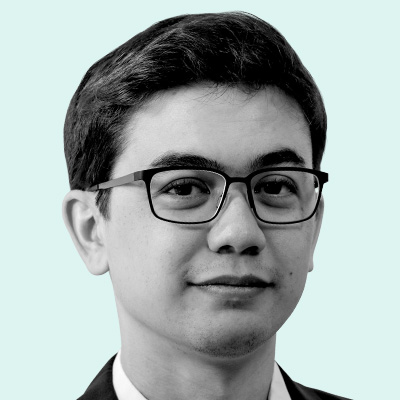Fortune released the latest edition of the Southeast Asia 500 earlier this week, ranking the region’s largest companies by revenue. As I wrote in the most recent Asia edition of the magazine, the list “is a snapshot of a region ready to take advantage of global supply chain shifts and booming industries like mining, EVs, and AI.”
But several companies on the list have histories that long predate EVs and AI, stretching back to colonial times, as both local and overseas merchants set up trading houses to deal in Southeast Asian commodities such as tin, rubber, and palm oil.
In 1979, Fortune’s then Asia correspondent Louis Kraar traveled to Malaysia to write about Sime Darby, one of the country’s largest conglomerates. The article is, admittedly, a product of its time; Kraar starts by dismissively suggesting that the “young nations of the so-called Third World are notoriously touchy about the vestiges of colonialism, especially when it comes to exploiting their natural resources…All too often, they have seized foreign-owned property, paid a fraction of its worth, and booted out the managers who knew how to run things.”
Still, Kraar paints a vivid and fascinating picture of one of Asia’s most powerful conglomerates. Founded in 1910 by three British merchants, Sime Darby had gone through a period of overexpansion that led to a stock crash and corruption allegations. Malaysian investors, including the government, had snapped up majority control of what was sometimes pejoratively called “Slime Darby.”
Kraar found the company flourishing under “highly enterprising managers” amid “Malaysia’s pragmatic brand of nationalism,” and he zeroed in on the relationship between Sime Darby’s then-chairman, Tun Tan Siew Sin, and its Scottish CEO, James Scott. The company was then converting itself from being primarily an agricultural producer into a conglomerate with manufacturing interests across Asia, including food processors, bottling plants, and vehicle distribution. “About the only thing that we don’t own is a brothel,” Tan told Fortune at the time.
“No other corporation has so swiftly sprung up from roots in the Asian jungles to become a genuine multinational,” Kraar wrote.
Fast-forward almost 45 years and Sime Darby remains one of Malaysia’s, and Southeast Asia’s, most important companies. It’s now getting into EVs, distributing cars from BYD and Xpeng in markets including Singapore and Hong Kong.
The name is linked to three entities on the Southeast Asia 500: Sime Darby itself, which handles manufacturing and distribution, reported $14 billion in revenue in 2024, helping the Malaysian conglomerate jump three spots to No. 22 on this year’s list. SD Guthrie, the plantation business with ties to an even older company dating to 1821, sits at No. 85 with revenue of $4.3 billion. And Sime Darby Property is at No. 285, with $930 million in revenue.













